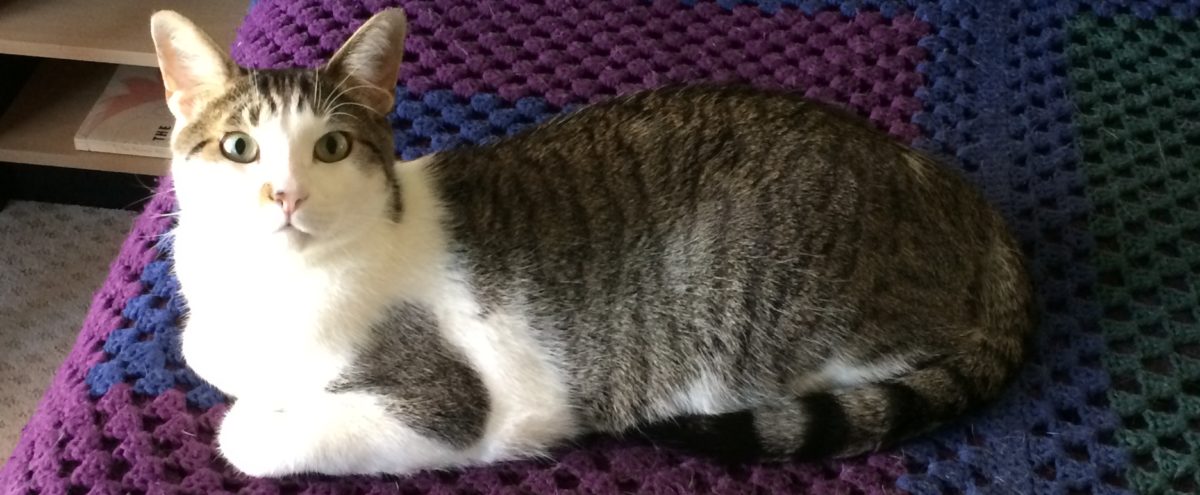Hot on the heels of Disney buying Marvel Comics, it’s time for another round of reviews.
- Wednesday Comics #9 of 12, by many hands (DC)
- Immortal Weapons #2 of 5, by Cullen Bunn, Dan Brereton, Tom Palmer, Stefano Gaudiano & Mark Pennington, and Duane Swierczynski & Travel Foreman (Marvel)
- Incognito #6 of 6, by Ed Brubaker & Sean Phillips (Marvel/Icon)
- Irredeemable #6, by Mark Waid & Peter Krause (Boom)
- Sir Edward Grey: Witchfinder: In The Service of Angels #3 of 5, by Mike Mignola & Ben Stenbeck (Dark Horse)
- The Boys #34, by Garth Ennis & Carlos Ezquerra (Dynamite)

|
Another week, another Wednesday Comics. Green Lantern, Metamorpho and Strange Adventures all have significant developments, although the Green Lantern one seems too sudden, and I’m having a hard time keeping track of the parties in Strange Adventures (and why do the aliens all look like Baboons?).
I’m still a little baffled by where Flash is going, although this issue has a nifty stylistic gimmick involving comic strips, which I enjoyed. Three more issues… |

|
Immortal Weapons is a 5-issue mini-series bridging the gap while Iron Fist is on hiatus (though whether it actually comes back is still uncertain), each issue spotlighting one of Fist’s fellow superhuman warriors from the mystical cities in the sky. Fist’s own series flagged a little toward the end, but it was generally quite good; Immortal Weapons is just as good, and maybe a little better. The first issue provided the biography of Fat Cobra, whose history didn’t quite match his recollection of it. This second issue focuses on Bride of Nine Spiders, a considerably creepier figure than the gregarious Cobra, and it’s told as a horror story involving one of the Bride’s eight-legged companions, and the fate of several people interested in it. Dan Brereton nails the spooky feel of the story, which would feel perfectly at home in some of the horror stories of the 1970s. Good stuff.
There’s an Iron Fist backup story running through the series, which is a pretty routine piece about the family of one of Fist’s students getting embroiled in a drug-related conflict. I guess it’s marking time for the main character before wherever his series goes next, but the series would be better-served with longer main stories, I think. Nonetheless, if you’ve any interest in Iron Fist at all, I’d suggest giving this series a try. |

|
Brubaker & Phillips’ Incognito wraps up this week. It started as a pulpy adventure yarn in which Zack Overkill, a former supervillain, was in witness protection after testifying against his boss. The story progressed as Zack learned he could get his powers back, and was conflicted about whether to use his powers for good or for bad. Predictably, eventually everyone interested finds out about him, and he ends up between a rock and a hard place.
But the series seemed a little pedestrian and manipulative – until this issue, when everything is revealed: Who Zack is and what his background is, and it’s, well, not what I was expecting, and made his story much more compelling, enough so that I hope this isn’t the end of Zack’s story, since I’d be happy to read more of it. Oddly, although the text piece Brubaker writes for each issue is titled “The Secret Ingredient is Pulp”, I’d say the secret ingredient is really… secrets. The hard-boiled suspense approach felt slightly out-of-place in Zack’s world, but once the stakes got raised and the surprising and fantastic facts behind Zack’s life were revealed, everything gelled into a much weightier story. Brubaker and Phillips are going back to their crime series Criminal next, and I’ve caught up on what they’ve done before while Incognito was coming out. (You can do so yourself by reading the trade paperbacks: one, two, three and four.) Overall Criminal is a bit better than Incognito, although I’d say the latter series has a higher ceiling (and arguably they’ve both been lapped by Sleeper). If part of the goal of Incognito was to recruit new readers for Criminal, well their devious plan succeeded, because I’ll be picking up the new series when it shows up. (Oh yeah, and naturally you’ll be able to read the collection of Incognito when it comes out.) |




























